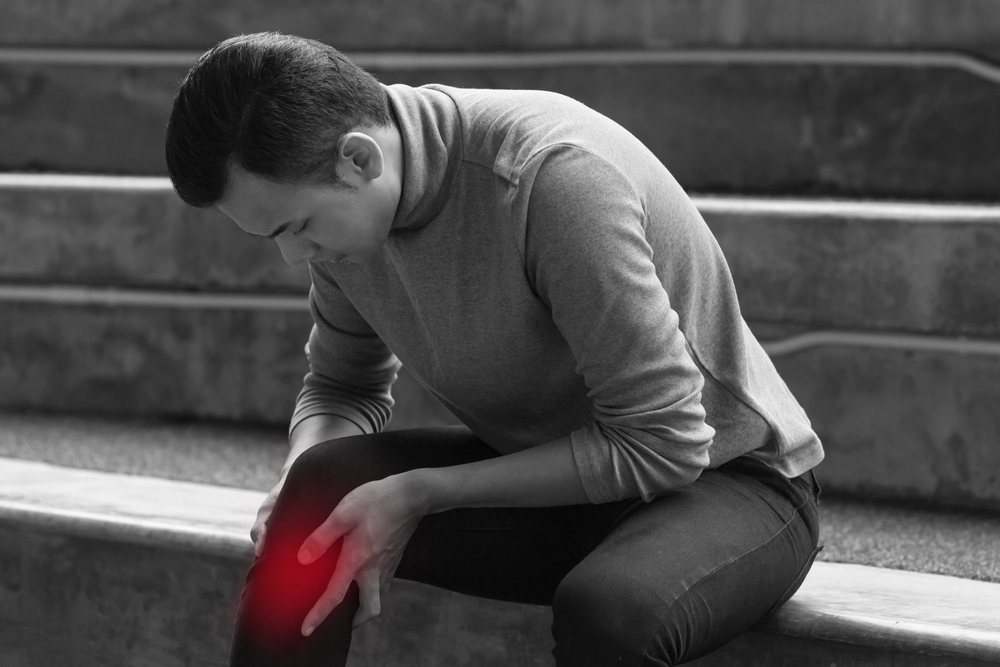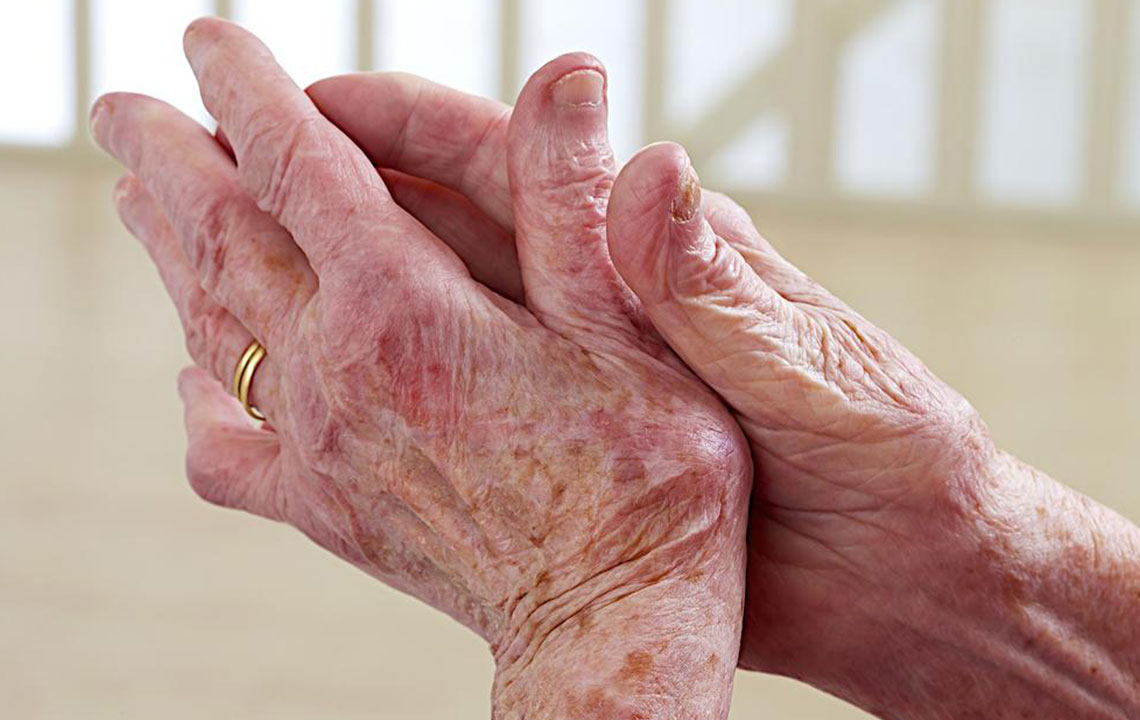Comprehensive Approaches to Managing Osteoarthritis for Better Joint Health
This comprehensive guide explores effective strategies for managing osteoarthritis, including symptom recognition, causes, diagnosis, treatment options, and lifestyle tips. It emphasizes early detection, medical treatments, and self-care practices to improve joint health and quality of life for those affected by this common degenerative joint condition.

Comprehensive Approaches to Managing Osteoarthritis for Better Joint Health
Effective Methods to Manage and Alleviate Osteoarthritis Symptoms
Osteoarthritis (OA) is a common chronic joint disorder affecting millions of individuals worldwide. In the United States alone, it impacts over 27 million people, making it one of the most prevalent causes of joint pain and disability. This degenerative condition primarily targets weight-bearing joints such as hips, knees, as well as fingers, neck, lower back, and toes. Unlike autoimmune forms of arthritis where the immune system attacks the joints, osteoarthritis stems from the gradual breakdown of cartilage—the vital cushioning tissue that protects the ends of bones within a joint. This deterioration impairs joint function, leading to pain, stiffness, swelling, and potential deformities if left unmanaged. Early diagnosis, lifestyle modifications, and medical interventions are crucial for mitigating symptoms and maintaining quality of life. Through a combination of medical treatments and self-care strategies, individuals affected by osteoarthritis can significantly improve their day-to-day functioning and reduce discomfort.
Understanding osteoarthritis involves recognizing its symptoms, causes, how it is diagnosed, available treatment options, and practical tips for prevention. Managing this condition effectively requires proactive healthcare and lifestyle adjustments tailored to individual needs.
Recognizing Osteoarthritis Symptoms:
Symptoms can differ based on the affected joints, but common signs include:
Persistent joint pain and stiffness, especially after periods of inactivity or upon waking
Swelling around affected joints that varies from mild to moderate
Audible crepitus or snapping sounds when moving joints
Reduced range of motion and joint instability over time
Early identification of these signs is vital, as it enables timely intervention to prevent further joint damage and improve outcomes.
Key Risk Factors for Developing Osteoarthritis:
While aging remains a dominant factor, other contributors play significant roles in the development and progression of OA, including:
Excess body weight or obesity, which increases stress on weight-bearing joints and promotes inflammation
Genetic predispositions affecting cartilage resilience and joint health
History of joint injuries from accidents, sports, or surgical procedures
Chronic repetitive activities like lifting heavy loads or standing for long durations
Awareness of these risk factors allows individuals and healthcare providers to adopt preventive measures early, reducing the likelihood or severity of osteoarthritis.
Diagnosis of Osteoarthritis: How Healthcare Professionals Confirm the Condition
The diagnostic process involves a comprehensive evaluation that includes:
Thorough review of symptoms—onset, duration, and associated discomfort
Assessment of medical history and any familial cases
Physical examinations to identify pain points, joint swelling, and stability
Imaging techniques such as X-rays and MRI scans to visualize joint deterioration and cartilage loss
Joint fluid analysis to assess inflammation markers or presence of crystals
This multifaceted approach ensures an accurate diagnosis, which is essential for developing an effective treatment plan.
Current Medical Treatments and Management Strategies
Though osteoarthritis currently has no cure, numerous treatments aim to control symptoms and enhance quality of life. These include:
NSAIDs (Non-steroidal anti-inflammatory drugs) such as ibuprofen, naproxen, and aspirin to reduce inflammation and pain
Corticosteroid injections directly into affected joints to decrease inflammation
Analgesics to alleviate pain without necessarily reducing inflammation
Hyaluronic acid injections to improve joint lubrication and mobility
Assistive devices like braces, canes, or shoe inserts to support joint stability and reduce strain
In severe cases, surgical interventions such as joint replacement or repair are considered when conservative measures fail
Each treatment plan is tailored based on individual severity, age, activity level, and overall health.
Lifestyle and Dietary Tips to Support Joint Health and Prevent Osteoarthritis Progression
Prevention and symptom management can be enhanced through lifestyle changes, including:
Incorporating omega-3-rich foods like fatty fish (salmon, mackerel) and plant-based sources such as walnuts and flaxseeds
Consuming anti-inflammatory spices like ginger and turmeric
Drinking green tea, which has antioxidative properties
Consuming fruits high in vitamin C, such as oranges, strawberries, and kiwi, to support collagen formation
Maintaining a healthy weight to decrease joint stress
Engaging in gentle, low-impact exercises like swimming, cycling, or yoga to strengthen muscles around joints without causing additional wear
Applying hot or cold packs to alleviate pain and reduce inflammation at home
Practicing stress reduction techniques including massage therapy, hydrotherapy, and relaxation practices
These habits contribute significantly to preserving joint function, reducing pain, and delaying disease progression.




